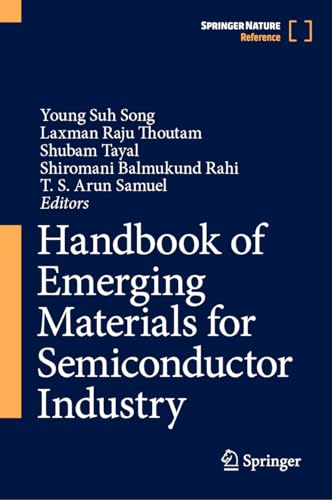What are the future directions and potential breakthroughs in the field of emerging materials for semiconductor industry, and how will they influence the industry's growth and innovation?
The future of emerging materials in the semiconductor industry is poised for significant advancements. Key directions include the integration of 2D materials like graphene and transition metal dichalcogenides (TMDs) for high-performance devices, and the use of organic semiconductors for flexible and cost-effective electronics. Quantum computing and neuromorphic computing will drive the need for novel materials with memristive and non-volatile properties. Advanced packaging techniques, like 3D stacking, will enable higher integration and performance. These materials will influence the industry by enabling faster, more energy-efficient, and compact devices, driving innovation in areas like AI, IoT, and high-performance computing. Challenges like scalability, cost, and integration will need to be addressed for widespread adoption, but the potential for breakthroughs is substantial, leading to a new era of semiconductor technology.

Shiromani Balmukund Rahi, Young Suh Song, Laxman Raju Thoutam, T. S. Arun Samuel, Shubam Tayal
The book is suggested to engineers and scientists across the world working on various new and novel materials for reliable semiconductor device applications. The book is expected to serve as a reference guide for young scientists and engineers in the field of material science and electronic engineers to acquire latest state-of-art experimental and computational tools to encourage their research activities.
Since the scope of the book is generic, the book can be referred by all the students of science and engineering students to create a common awareness about the latest material systems and state-of-art characterization tools that have been broadly utilized to study the physical and chemical properties of different material systems.
It introduces the readers to a wide variety of new emerging materials systems including their synthesis, fabrication, measurement, reliability test, modelling and simulations with in-depth analysis of selective applications.
This book contains the state-of-art research updates in the various fields of semiconductor, artificial intelligence (AI), bio-sensor, biotechnology, with respect to reliable material research. Therefore, various students who are eager to get a job in semiconductor/AI/Autonomous car/biotechnology are strongly recommended to read this book and learn about related state-of-art knowledge.